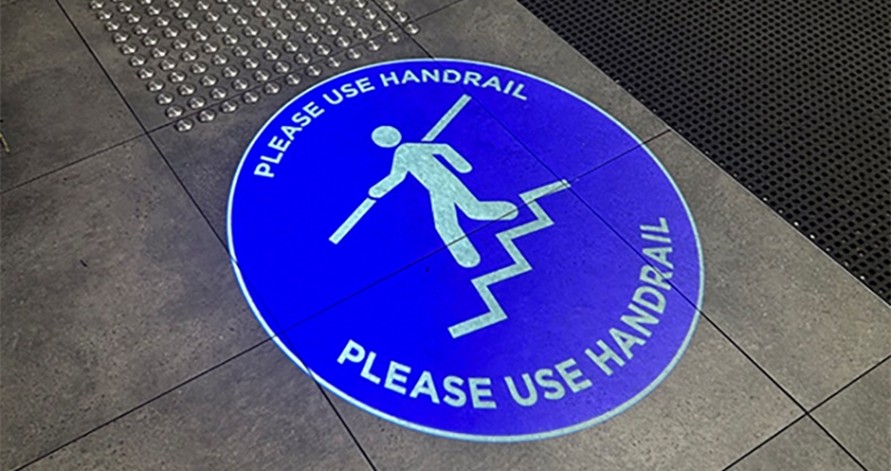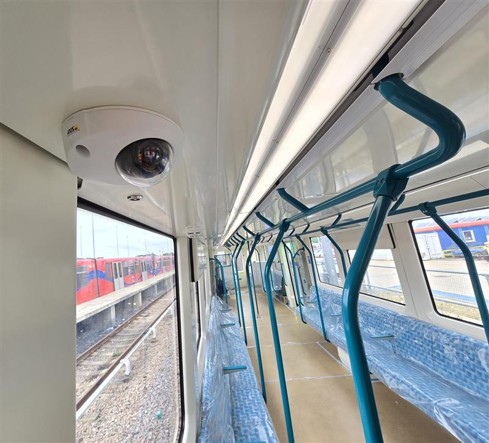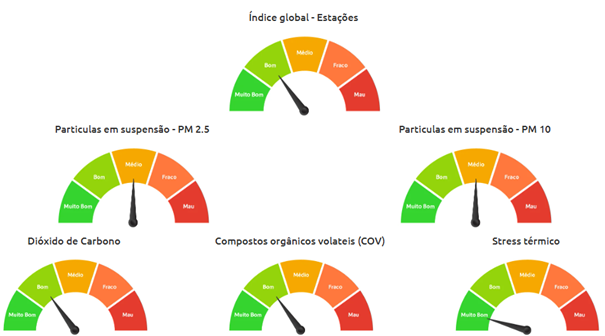Despite metros being a very safe mode of transport, any incident, however rare, can attract significant public attention and erode trust. The study examines passenger safety incidents within stations, focusing on vertical circulation (escalators and stairs) and platform-train interface gaps. It builds upon findings from COMET’s Safety Performance Indicator (SPI) analysis using additional member contributions to identify trends, underlying causes, and effective strategies for reducing the risk of passenger safety incidents.









